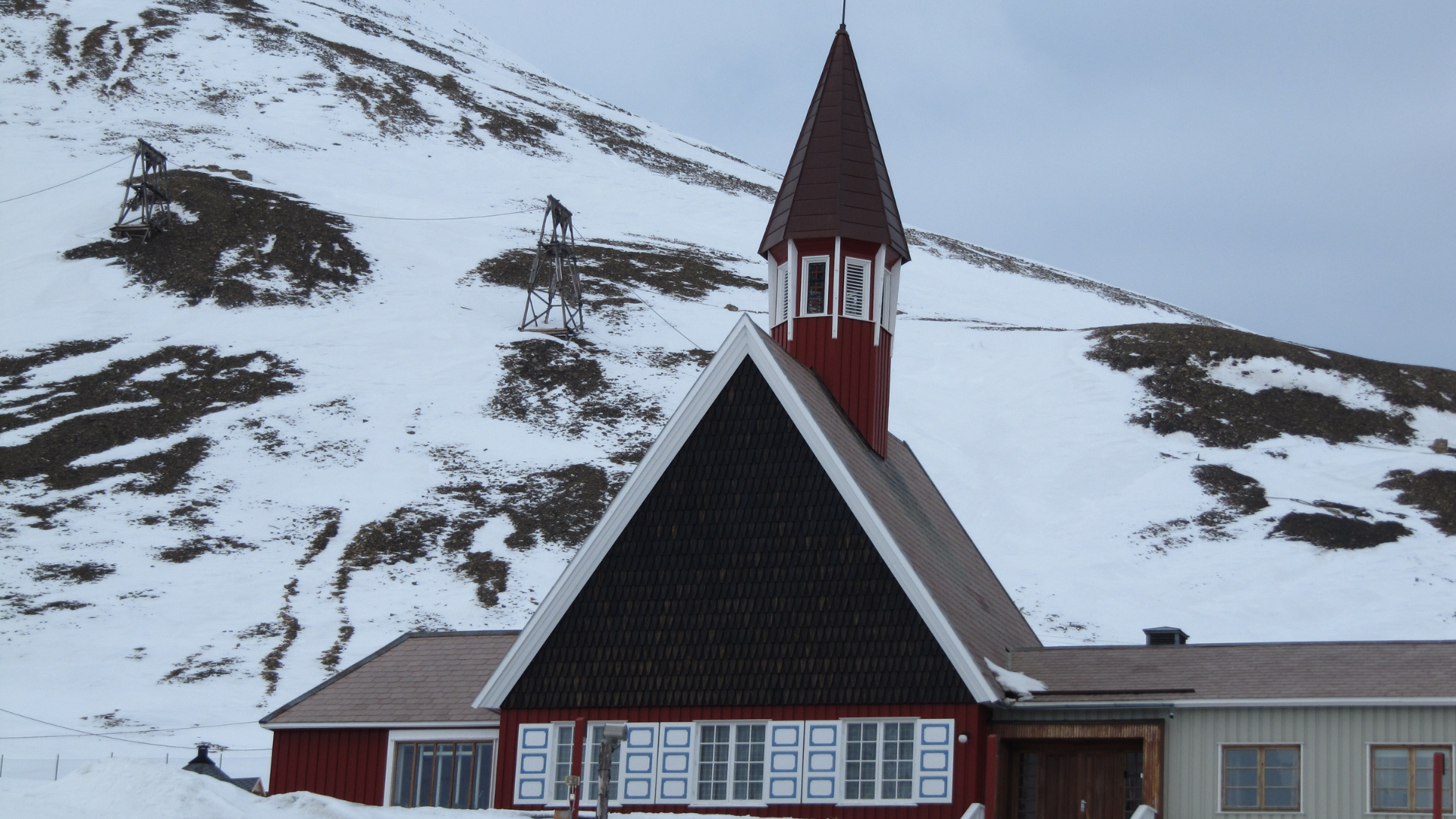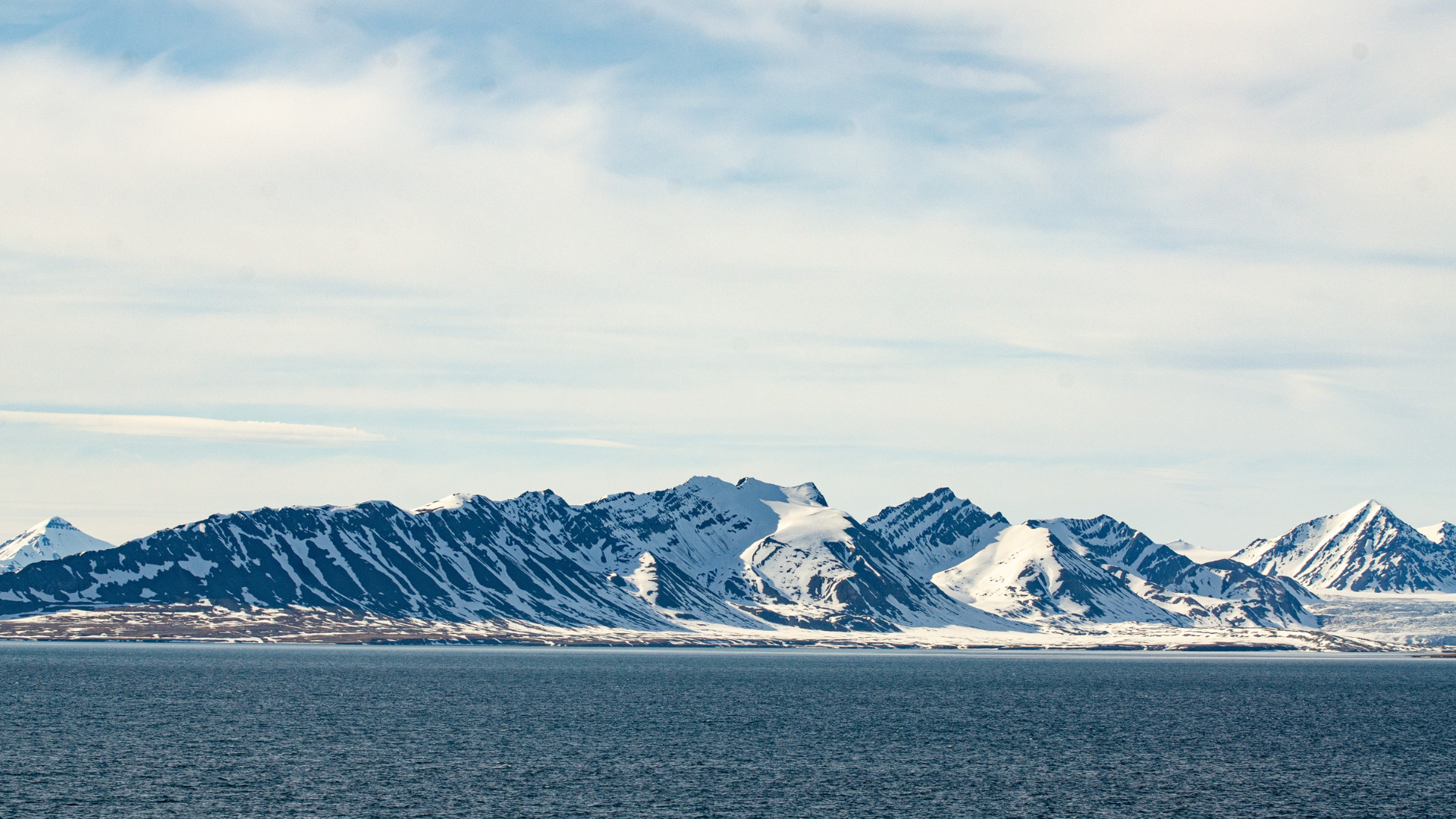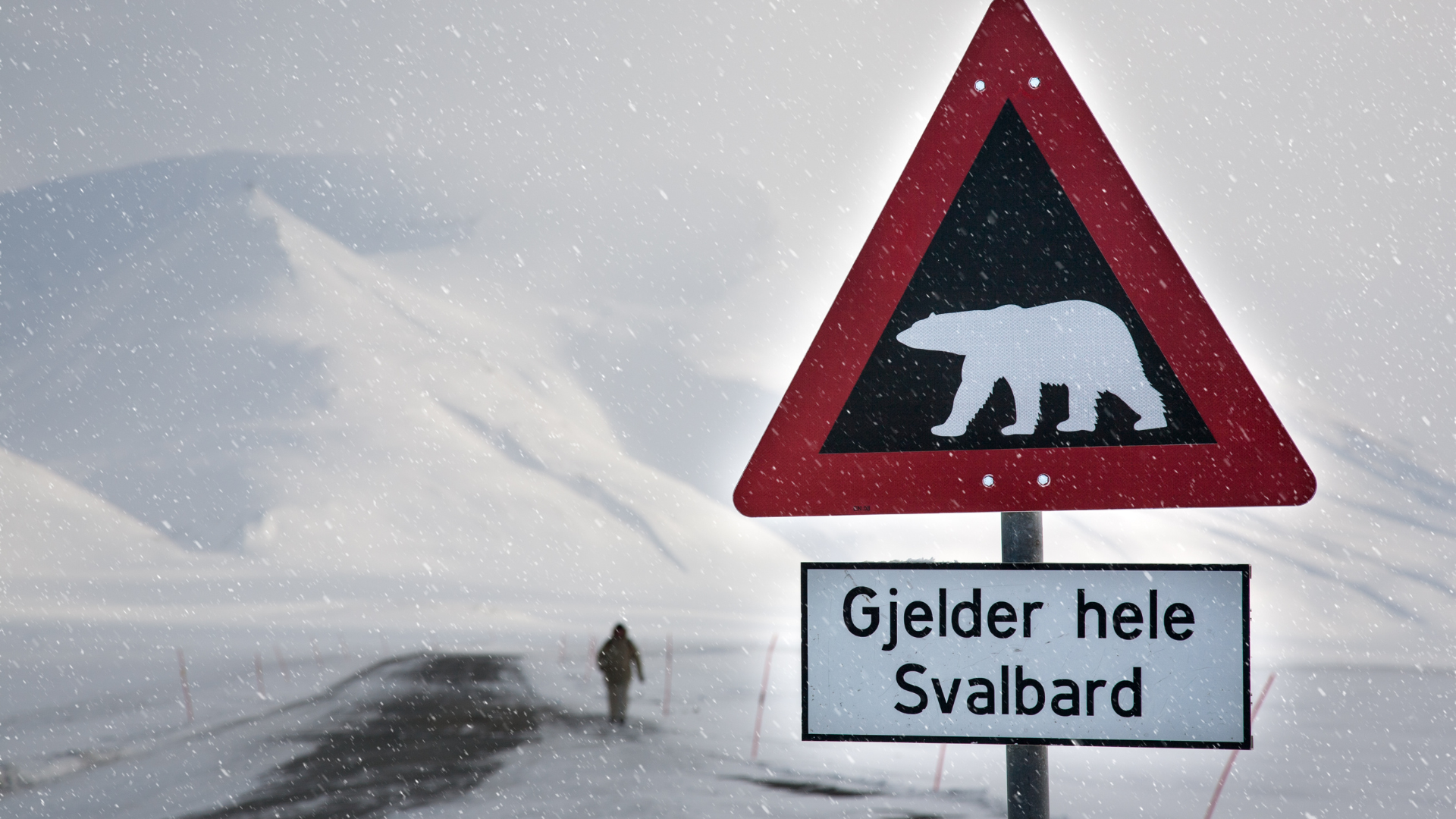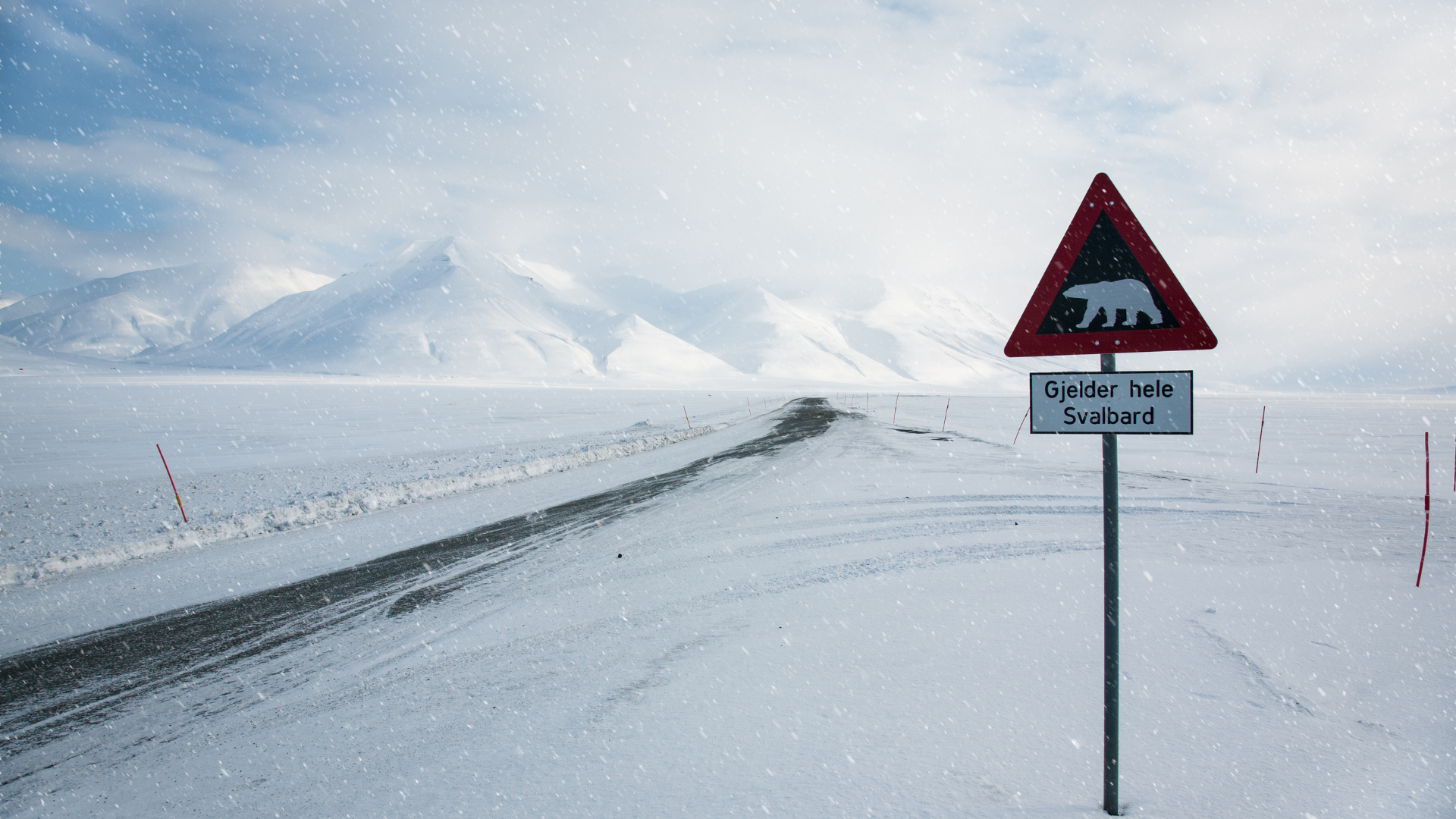Eight Aurora Borealis Facts in Svalbard
Eight Aurora Borealis Facts in Svalbard
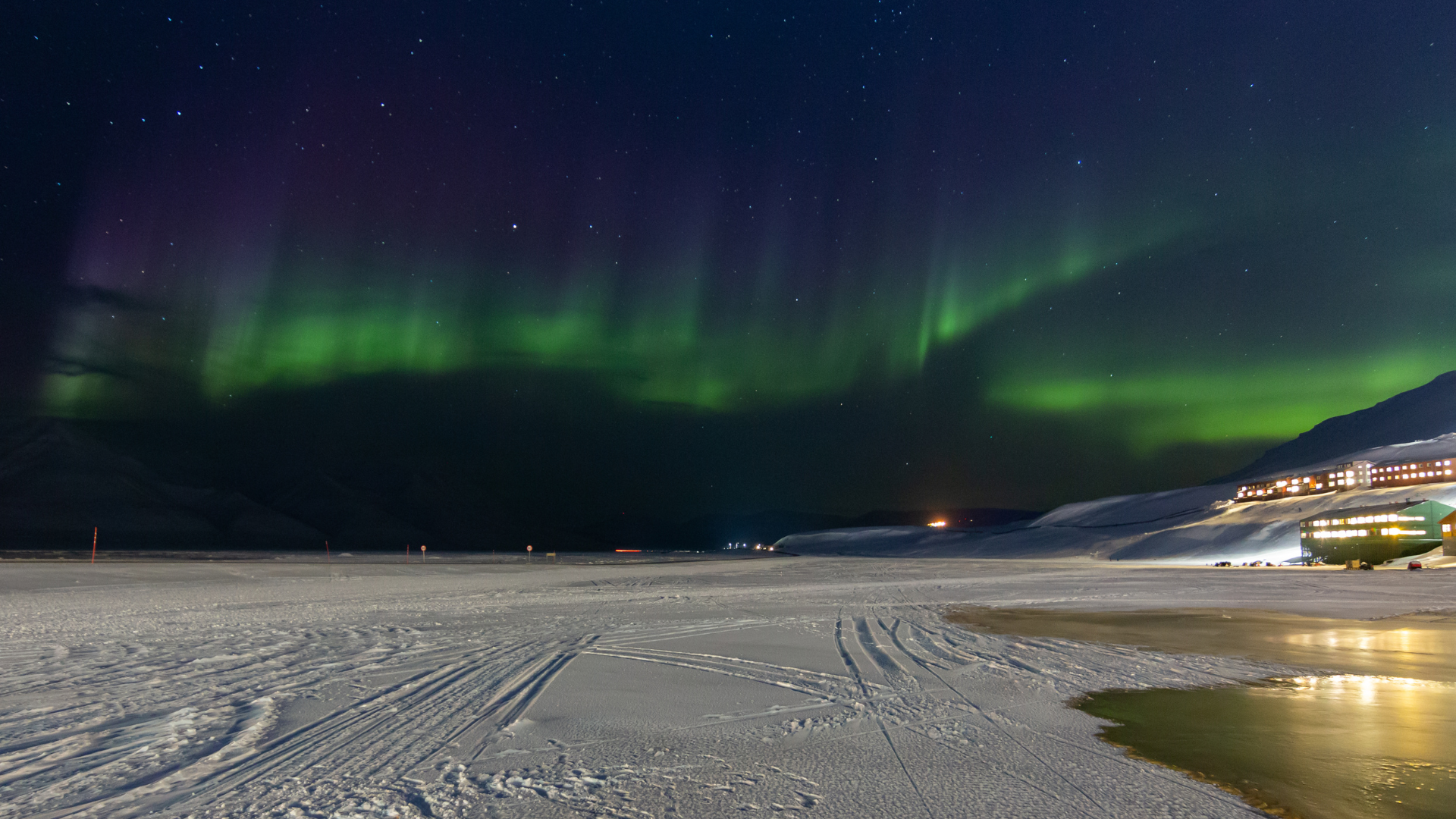
Svalbard, an archipelago situated halfway between mainland Norway and the North Pole, is one of the prime locations for witnessing the breathtaking phenomenon known as the aurora borealis, or northern lights. The remote and pristine environment of Svalbard offers a unique vantage point for observing this natural spectacle. Here are eight fascinating facts about experiencing the aurora borealis in Svalbard.
Firstly, the geographic location of Svalbard plays a crucial role in its suitability for aurora viewing. Positioned well above the Arctic Circle, Svalbard lies within the auroral oval, an area encircling the geomagnetic poles where auroras are most frequently observed. This makes Svalbard one of the few places in the world where the northern lights can be seen during both day and night in the polar winter.
The period of polar night, which lasts from mid-November to late January, provides an extended window of darkness perfect for aurora sightings. During this time, the sun does not rise above the horizon, enveloping Svalbard in continuous twilight and darkness. This prolonged night, coupled with clear skies, creates optimal conditions for viewing the northern lights, as there is minimal light pollution to interfere with the display.
One of the most remarkable aspects of observing the aurora borealis in Svalbard is the clarity of the phenomenon. The archipelago’s high latitude and relatively low atmospheric pollution mean that the auroras appear exceptionally vivid and vibrant. The lights often exhibit a palette of colors ranging from green and pink to red and violet, creating a dazzling visual experience against the dark Arctic sky.
Svalbard’s unique climate also contributes to the quality of aurora observations. The combination of dry polar air and cold temperatures results in generally clear skies, reducing the chances of cloud cover obstructing the view. While the weather can be unpredictable, the overall climatic conditions are favorable for aurora enthusiasts hoping to capture the perfect moment.
The aurora borealis is not just a visual marvel but also a scientific wonder. The lights are caused by the interaction between charged particles from the sun and the Earth’s magnetic field. When these particles collide with gases in the Earth’s atmosphere, they emit light, creating the mesmerizing patterns seen in the sky. Svalbard’s location at the edge of the polar cap makes it an ideal place for scientists to study these interactions.
For those visiting Svalbard specifically to witness the aurora borealis, there are numerous guided tours and expeditions available. These tours often combine aurora hunting with other Arctic adventures such as dog sledding, snowmobiling, and ice caving, offering a comprehensive Arctic experience. Experienced guides provide insights into the science and folklore surrounding the northern lights, enhancing the overall experience.
Photography enthusiasts will find Svalbard a paradise for capturing stunning images of the aurora borealis. The stark, snow-covered landscapes provide a dramatic backdrop for the dancing lights, making for breathtaking photographs. Many tours cater to photographers, providing tips on the best settings and locations to capture the perfect shot of the auroras.
Lastly, the cultural significance of the aurora borealis in Svalbard adds an enriching dimension to the experience. Local legends and myths about the northern lights are part of the rich cultural tapestry of the region. Learning about these stories from indigenous peoples and long-time residents can provide a deeper understanding and appreciation of this natural phenomenon.



